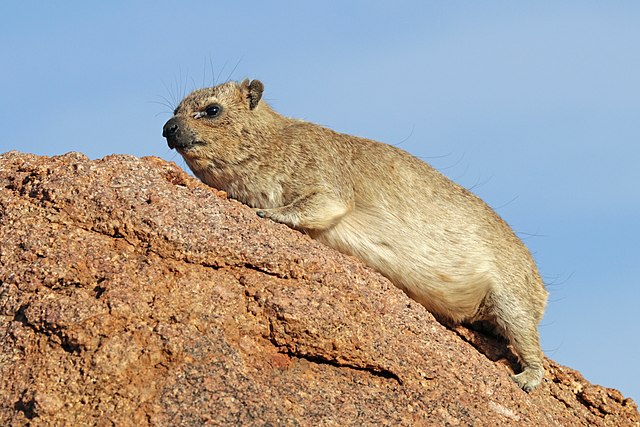Hyraxes are small, herbivorous mammals found in Africa and the Middle East. They belong to the family Procaviidae and are often mistaken for rodents due to their appearance. Understanding hyrax behavior and habitat is essential for appreciating these fascinating animals. Here’s the ultimate guide:
Hyrax Behavior:
- Social Structure: Hyraxes are typically social animals and live in colonies, which can range from a few individuals to more than 50. Within these colonies, they establish hierarchies, with dominant individuals having access to the best resources.

- Communication: Hyraxes communicate through a variety of vocalizations, including high-pitched calls, whistles, and grunts. These vocalizations are essential for maintaining group cohesion, warning of predators, and coordinating activities.
- Grooming: Hyraxes engage in social grooming, which helps maintain social bonds and removes parasites. They are known to groom each other’s fur using their incisors.
- Activity Pattern: Hyraxes are primarily diurnal (active during the day) and are often seen basking in the sun on rocks or trees to regulate their body temperature.
- Diet: They are herbivores and mainly consume a variety of plant materials, including leaves, fruits, and bark. Some species also feed on grasses and succulent plants.
- Reproduction: Female hyraxes typically give birth to one or two offspring after a gestation period of around seven to eight months. Young hyraxes are precocial, which means they are born relatively well-developed and are capable of independent movement.
- Territorial Behavior: Some hyrax species are territorial, and they defend their territories aggressively against intruders. Territorial disputes can involve vocalizations, physical confrontations, and scent marking.
Hyrax Habitat:
- Rocky Habitats: Many hyrax species are adapted to rocky, mountainous environments. They are excellent climbers and often inhabit cliffs, boulders, and rock outcrops. They use these rocky habitats for shelter and protection from predators.
- Tree Dwelling: Certain hyrax species, such as the tree hyrax, are adapted to forested habitats and are adept climbers. They live in trees and forage for leaves, fruits, and other vegetation in the forest canopy.
- Burrows: While not as common as rock or tree habitats, some hyrax species may dig burrows or use existing burrows of other animals for shelter and breeding.
- Grasslands: In some regions, hyraxes can be found in grassy habitats, especially those with scattered trees or shrubs. Here, they feed on grasses and seek shelter in burrows or under vegetation.
- Climate Adaptation: Hyraxes are well adapted to a variety of climates, from arid deserts to humid forests. They have physiological and behavioral mechanisms for coping with temperature fluctuations.
- Predator Avoidance: Their habitats often provide natural refuges against predators, such as leopards, eagles, and snakes. They use their agility and the rocky terrain to escape danger.
Understanding hyrax behavior and habitat is crucial for conservation efforts, as some species are vulnerable due to habitat destruction and poaching. Protecting their natural environments and promoting responsible tourism in regions where hyraxes are found can help ensure the continued survival of these unique mammals.











